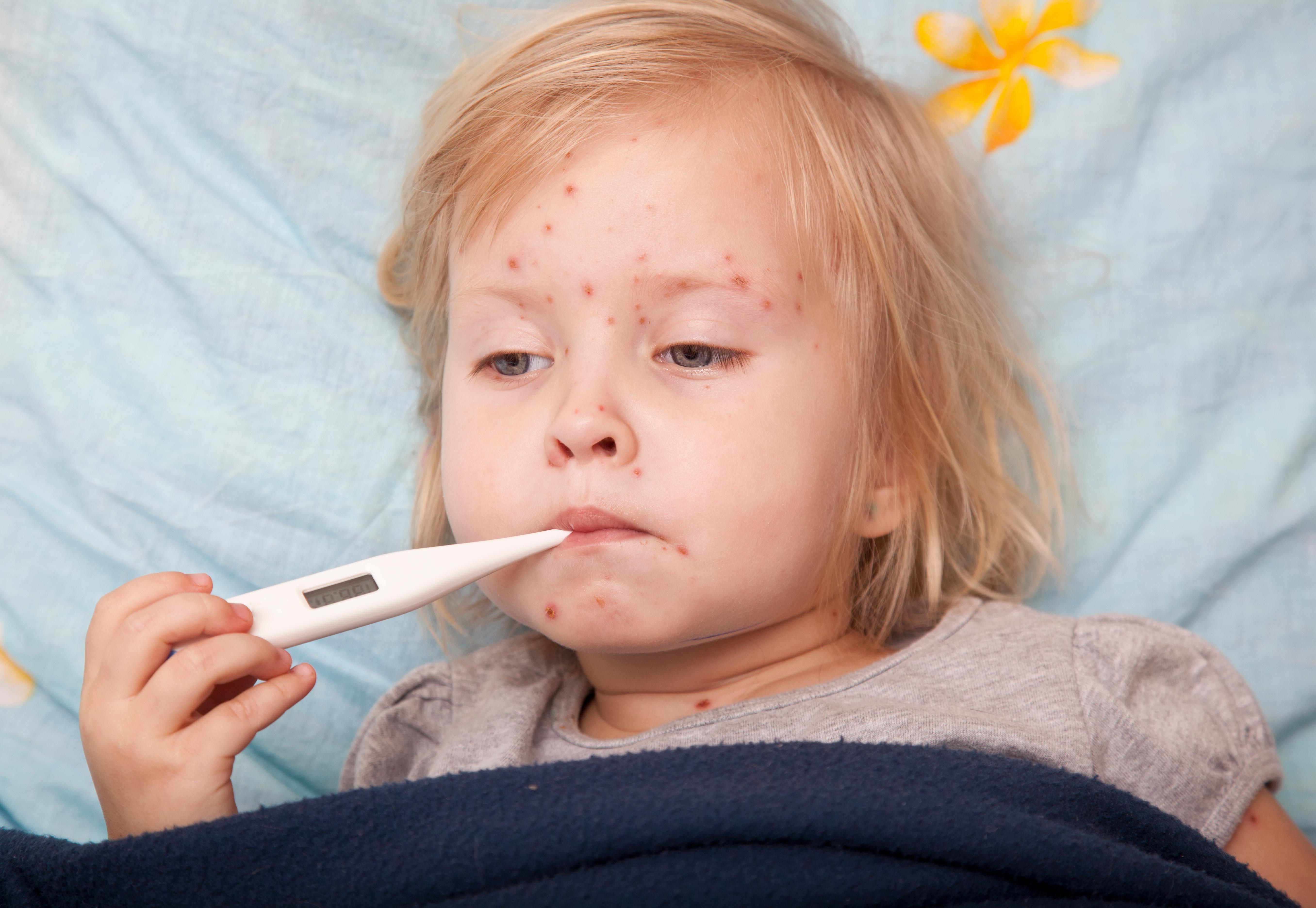Hand Foot & Mouth Disease

MEDICAL ALERT: OCTOBER 2018
Hand Foot & Mouth Disease
Family Medical Practice’s pediatricians have seen multiple cases of Hand Foot & Mouth Disease (HFMD) being reported at our medical centers and confirmed an outbreak in our community.
HFMD usually spreads among children under the age of five, so school faculty staff and parents should be aware of how to detect this disease and prevent it from spreading.
HFMD is a viral infection with a typical rash and mouth lesions. It is caused by an enterovirus infection. The most susceptible are infants and toddlers. Adults usually are only carriers. In the past several years there have been ongoing epidemics of HFMD all over Southeast Asia.
After an incubation period of about 4–6 days, the child may develop fever, complain of a sore mouth, and refuse to eat or drink. The lesions in the mouth start as small vesicles (blisters) that turn into yellowish ulcers. They involve mainly the palate but can appear anywhere in the mouth. Soon after, several red spots may appear on the hands, feet and sometimes the buttocks. They may gradually change into grey-yellow small blisters.
The disease lasts for a few days up to a week. Since there are many different subtypes of enteroviruses, developing antibodies against one doesn't give immunity to the others. Reinfection with same type is uncommon, but getting HFMD/herpangina (a similar infection which involves only the mouth) again is common.
The main method of care for a sick child with HFMD is to make sure he drinks enough fluids during the day to ensure he remains hydrated and administer analgesia to manage the pain and fever. Mouthwashes with salty water can alleviate the pain. Soft and cold food are preferred (even ice cream). The most commonly used medications are paracetamol (e.g. Panadol, Tylenol, Efferalgan) and ibuprofen (e.g. Advil, Nurofen). Both are very effective and very safe. While using ibuprofen, it is important to make sure the child drinks properly.
The enterovirus spreads through saliva and feces. In order to minimize the spreading of the virus, good hygiene should be maintained and children should avoid sharing the same utensils or having mouth to mouth contact. It is essential to wash hands thoroughly with soap and water after using the bathroom, especially in kindergartens and daycare centers.
The disease usually is mild with no long term complications. Neurological (e.g. encephalitis—infection of the brain) and cardiac complications are extremely rare, but may lead to severe disability or death. These complications usually appear after 3–5 days of illness, especially in children younger than two.
You should seek medical help immediately if your child develops the following symptoms:
- Lethargy
- Severe headaches
- Recurrent vomiting
- Significant reduction in urine output
- Chest pain
- Difficulty breathing
- Unusual muscle movements
(jerks, twitching)
 We use cookies on this website to enhance your user experience
We use cookies on this website to enhance your user experience